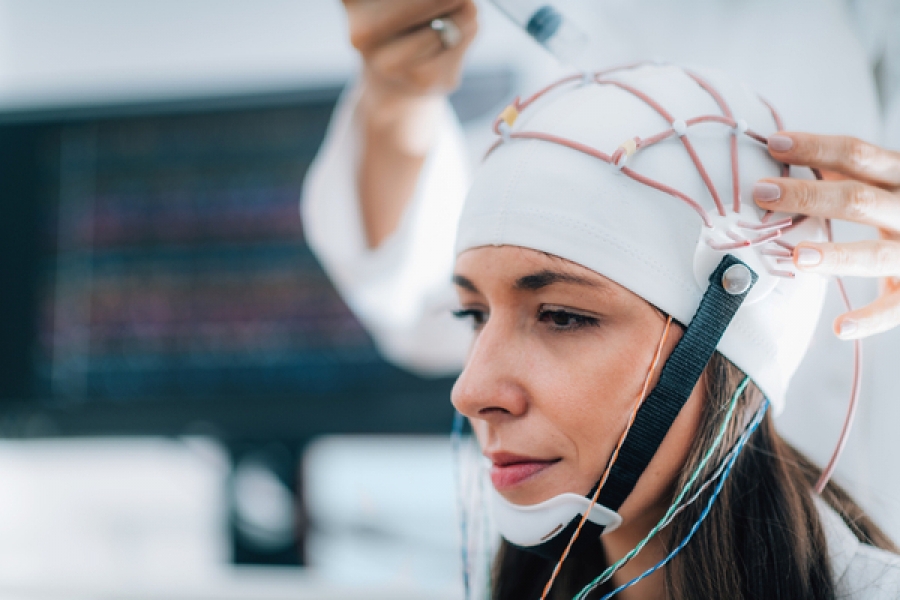The effects of a traumatic brain injury (TBI) can be detrimental to your daily life. The blurred vision, constant headaches, and unpredictable mood swings can wreak havoc on your ability to work, socialize, and maintain relationships with family, friends, and significant others. Though the recovery process from a TBI is often long and difficult, there are several effective treatment and therapy options available. If you’re on the search for TBI treatment in DTC, one option worth exploring is neurofeedback.
What is neurofeedback?
Neurofeedback is a non-invasive, all-natural brain training that works to address abnormal brainwave frequencies. Essentially, it’s biofeedback for the brain. Here’s how it works.
Neurofeedback therapy begins with a brain map. During a brain mapping procedure, electrodes are placed on your scalp and areas of injury and/or imbalance are identified. The brain map will also serve as a baseline for your brainwave frequency. The findings from your brain map will guide the development of a personalized treatment plan to address the symptoms you’re experiencing.
During neurofeedback treatment, electrodes are once again placed on your scalp and you’ll receive real-time feedback about the way your brain is functioning.
When it functions in an optimal state, a reward is given. Eventually, with enough repetition, this optimal brainwave behavior becomes second-nature.
What happens when the brain sustains an injury?
When the brain sustains injury or damage, slower brainwaves—such as delta and theta waves—rush to the site of impact to begin repairing. However, rather than go back to normal frequencies, these slow-moving brainwaves become habitual, or locked, and prevent growth out of the TBI state.
Neurofeedback helps restore the brain’s functioning to what it was before the injury occurred. By reinforcing “normal” brainwave frequencies, symptoms are alleviated and you can start feeling like your usual self again.
This is possible thanks to the brain’s neuroplasticity, or its ability to change and heal over time.
The origins of neurofeedback?
Neurofeedback has been around for decades, but it first made headlines in 2016 when Dave Studdard, an NFL-offensive lineman who played for the Denver Broncos, opened up about how difficult it was coping with the aftermath of sustaining nearly 200 concussions.
After just a few neurofeedback sessions, Dave’s brain fog dissipated and he started to feel like his usual self again. Studdard even stated, “[neurofeedback] has given me my life that the NFL took away from me.”
How many treatment sessions are needed?
The number of treatment sessions needed will depend on the severity of your brain injury. Typically though, you can expect anywhere from 20 – 30 sessions to gain the full benefit of neurofeedback treatment.
Learn more about TBI treatment in DTC
If you or someone you know is struggling with the aftermath of a concussion or TBI, reach out to us today at Braincode Centers. We specialize in post-concussion and TBI recovery neurofeedback that creates new neural pathways to restore brain function.
Contact our TBI specialists today to set up a free consultation and learn more about TBI treatment in DTC. Or, if you’re located elsewhere, fill out our remote neurofeedback form to support your road to recovery.




